How to find a fraction of a whole number: Finding a Fraction of a Whole Number
Posted onFinding Fraction of a Whole Number | Maths Grade 4
To Finding Fraction of a Whole Number, we have to follow the following steps:
Step 1: Divide the Whole Number by the denominator to get the Quotient.
Step 2: Multiply the Quotient by the Numerator.
How to find Fraction of a Whole Number?
Question 1
Find : 5/4 of 8
Explanation
Step 1 : Divide the Whole Number by the denominator to get the Quotient.
8 ÷ 4 = 2
Step 2 : Multiply the Quotient by the Numerator.
2 x 5 = 10
Hence, 5/4 of 8 = 10
Question 2
Find : 7/6 of 24
Explanation
Step 1 : Divide the Whole Number by the denominator to get the Quotient.
24 ÷ 6 = 4
Step 2 : Multiply the Quotient by the Numerator.
4 x 7 = 28
Hence, 7/6 of 24 = 28
Question 3
Find : 6/5 of 20
Explanation
Step 1 : Divide the Whole Number by the denominator to get the Quotient.
20 ÷ 5 = 4
Step 2 : Multiply the Quotient by the Numerator.
4 x 6 = 24
Hence, 6/5 of 20 = 24
Question 4
Find : 8/7 of 42
Explanation
Step 1 : Divide the Whole Number by the denominator to get the Quotient.
42 ÷ 7 = 6
Step 2 : Multiply the Quotient by the Numerator.
6 x 8 = 48
Hence, 8/7 of 42 = 48
Question 5
Find : 4/3 of 9
Explanation
Step 1 : Divide the Whole Number by the denominator to get the Quotient.
9 ÷ 3 = 3
Step 2 : Multiply the Quotient by the Numerator.
3 x 4 = 12
Hence, 4/3 of 9 = 12
Question 6
Find : 6/5 of 25
Explanation
Step 1 : Divide the Whole Number by the denominator to get the Quotient.
25 ÷ 5 = 5
Step 2 : Multiply the Quotient by the Numerator.
5 x 6 = 30
Hence, 6/5 of 25 = 30
Question 7
Find : 3/5 of 15
Explanation
Step 1 : Divide the Whole Number by the denominator to get the Quotient.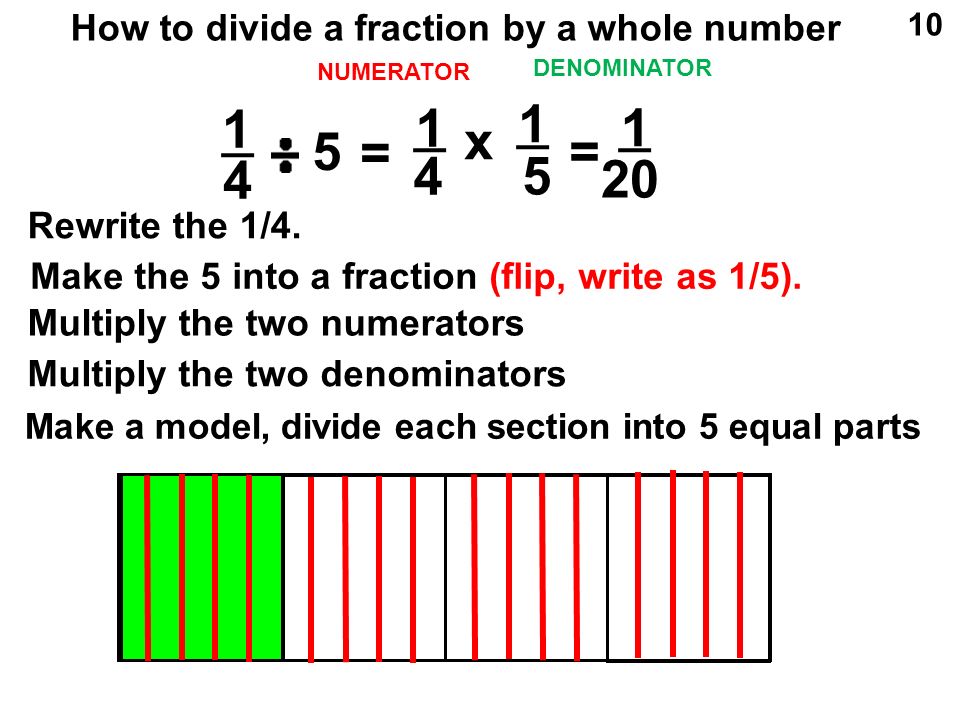
15 ÷ 5 = 3
Step 2 : Multiply the Quotient by the Numerator.
3 x 3 = 9
Hence, 3/5 of 15 = 9
Question 8
Find : 9/8 of 48
Explanation
Step 1 : Divide the Whole Number by the denominator to get the Quotient.
48 ÷ 8 = 6
Step 2 : Multiply the Quotient by the Numerator.
6 x 9 = 54
Hence, 9/8 of 48 = 54
Question 9
Find : 5/4 of 24
Explanation
Step 1 : Divide the Whole Number by the denominator to get the Quotient.
24 ÷ 4 = 6
Step 2 : Multiply the Quotient by the Numerator.
6 x 5 = 30
Hence, 5/4 of 24 = 30
Question 10
Find : 7/6 of 36
Explanation
Step 1 : Divide the Whole Number by the denominator to get the Quotient.
36 ÷ 6 = 6
Step 2 : Multiply the Quotient by the Numerator.
6 x 7 = 42
Hence, 7/6 of 36 = 42
Multiply Fractions by Whole Numbers
Multiply fractions by whole numbers is a straightforward operation.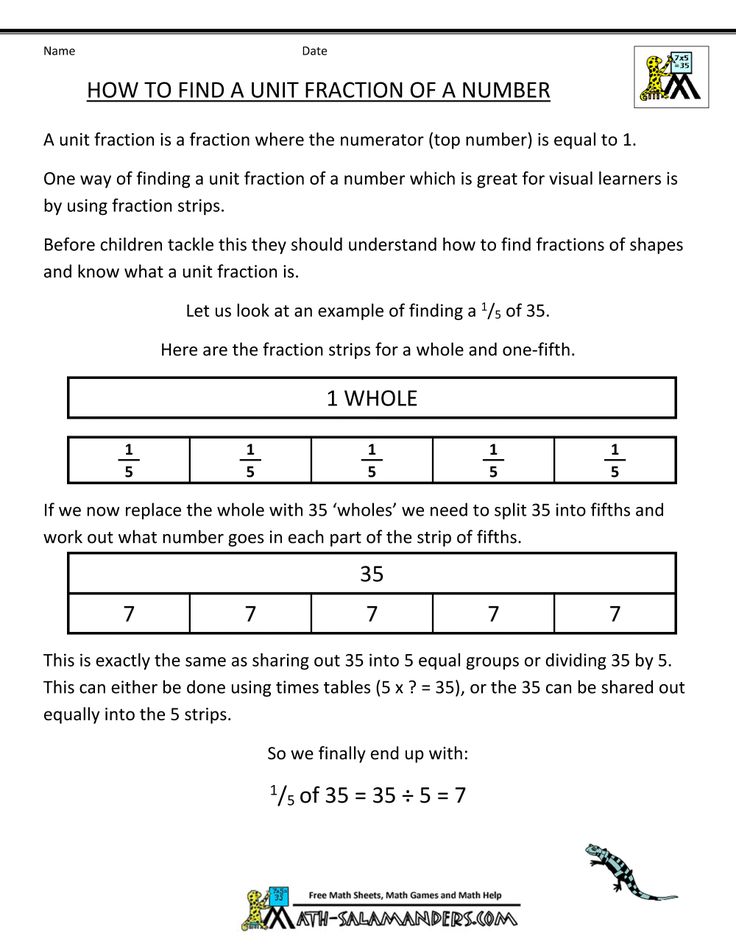
Before learning how to multiply fraction by a whole number, let us look at some basic terminologies we shall use in multiplication. Are you well aware of what fractions are? Fractions, in general, are numbers that are presented in the form of p/q. For example, 2/3, 9/2, etc.
You must understand that a fractional number has two parts. The part above the ‘dash’ is the numerator, and the number below the ‘dash’ is called the denominator. All types of mathematical operations can be applied to the fractions.
If you divide the numerator with the denominator, you either get a whole number or a decimal number. It doesn’t remain a fraction anymore. So a value can never be a fraction if the form isn’t p/q.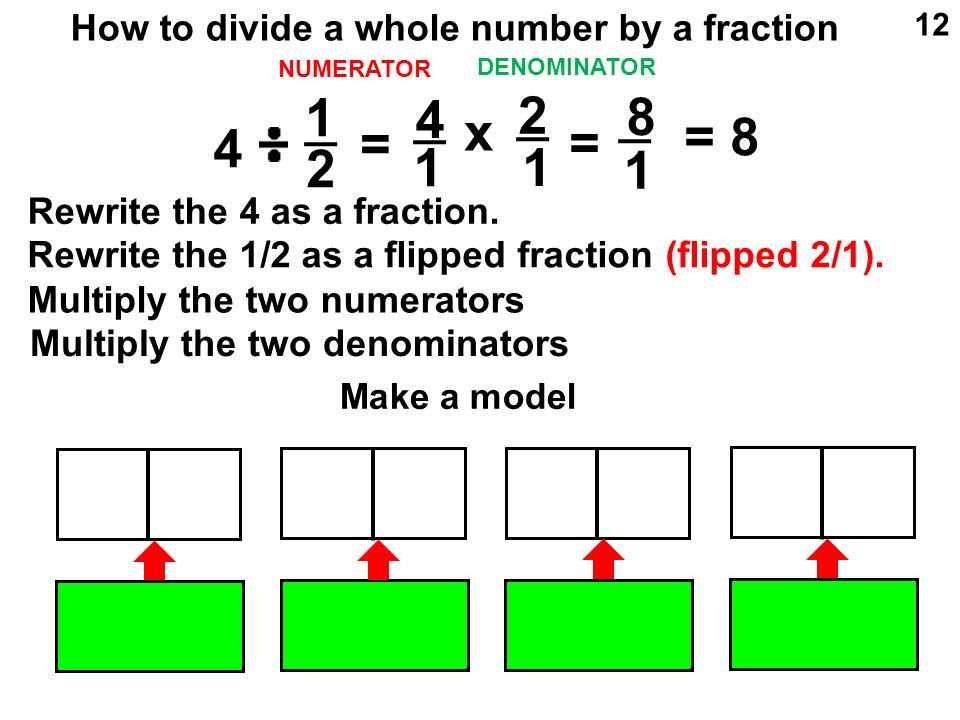
To first learn how to multiply fractions by a whole number, we need to learn how to multiply a fraction by another fraction. Let us know about the same in the article.
How to Multiply Two Fractions
Consider we have two fractions, d/c and j/k. To multiply these fractions, you need to write them properly against each other. Then see the numerators and denominators of the fractions. Multiply the numerators together (d x j) = x. Write the result of the multiplication of the numerators in different fractions, say ‘x’.
Similarly, multiply the denominators of the fractions. Write the multiplicative result of the denominator below the resultant numerator, (c x k) = y. Thus the multiplication of two fractions can be represented as:
d/c x j/k = (d x j) / (c x k) = x/y
Let us look at an example for a better understanding.
Example 1: Multiply the fractions ⅘ and 3/7.
Solution: Look at the stepwise solution below→
Step 1: Write the numbers together using the multiplication symbol.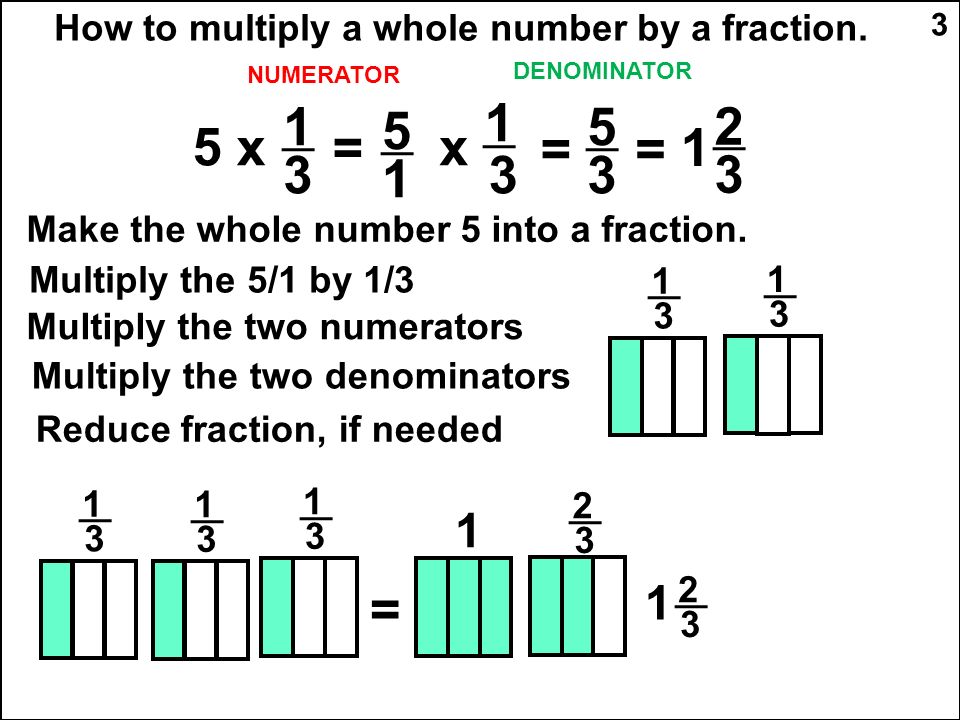
4/5 x 3/7
Step 2: Multiply the numerators and write the result as a new fraction.
(4 x 3) = 12
Step 3: Now multiply the denominators and write them below the resultant numerator using a dash.
(5 x 7) = 35
Step 4: Arrange the fraction properly: 12/35.
The fraction after the multiplication of 4/5 with 3/7 is 12/35. If the numbers in the fractions are multiple of some smaller number, then you can easily reduce the fraction in a simpler form. The only condition is that if you divide the numerator by any number ‘a’, you need to divide the denominator by the same number ‘a’.
Example 2: Simplify the fraction 12/9.
Solution: We can see that both numerator = 12 and denominator = 9 are multiple of 3. Hence we shall divide the numerator by 3 and the denominator by 3. This gives us
12/ 3 = 4
9/3 = 3
Therefore the resultant fraction is 4/3, which is an improper function.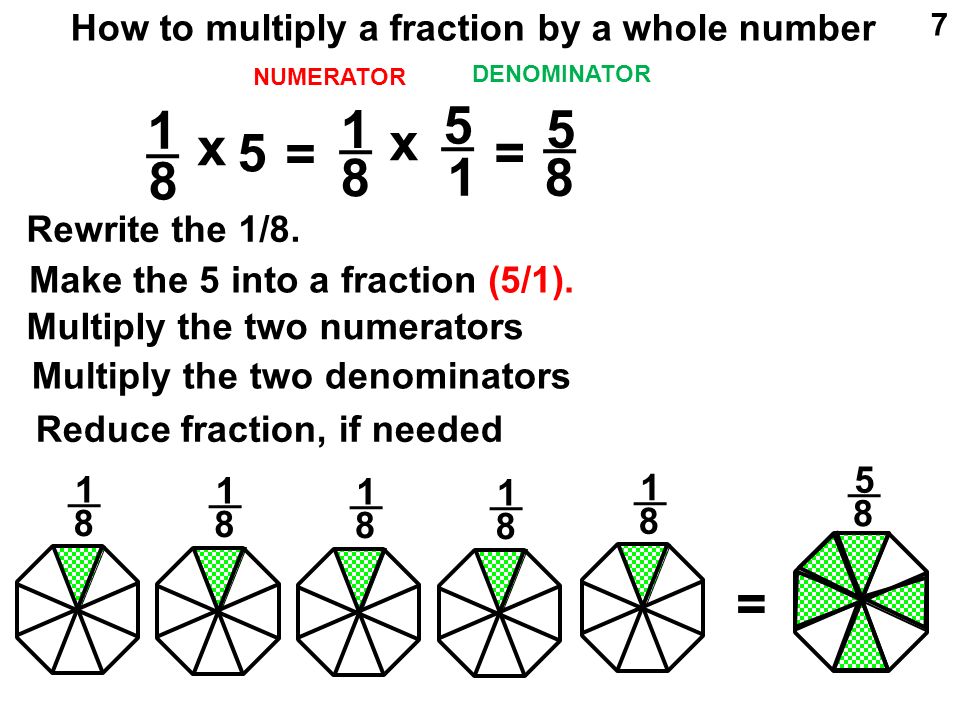
How do you Multiply Fractions by a Whole Number
Now we have learned how to multiply two fractions. In this section, you will learn how do you multiply fractions by whole numbers. Consider we have a fraction d/c and a whole number ‘k’. The first step to multiplying a fraction and a whole number will always begin with writing them properly against each other with the multiplication sign. We don’t have a ‘p/q’ form in the case of whole numbers. Hence we will first change the number into fraction form. To do so, place a dash below the whole number with 1 as its denominator. Now we have the whole number in ‘p/q’ form.
Now we follow similar steps that are mentioned in the multiplying fraction part. Now see the numerators and denominators of the fractions and the whole number. Multiply the numerators with the entire number ‘k’, thus (d x k) = x. Now multiply the fraction’s denominator by 1 (because the denominator of the whole number is 1). This gives (c x 1 = c).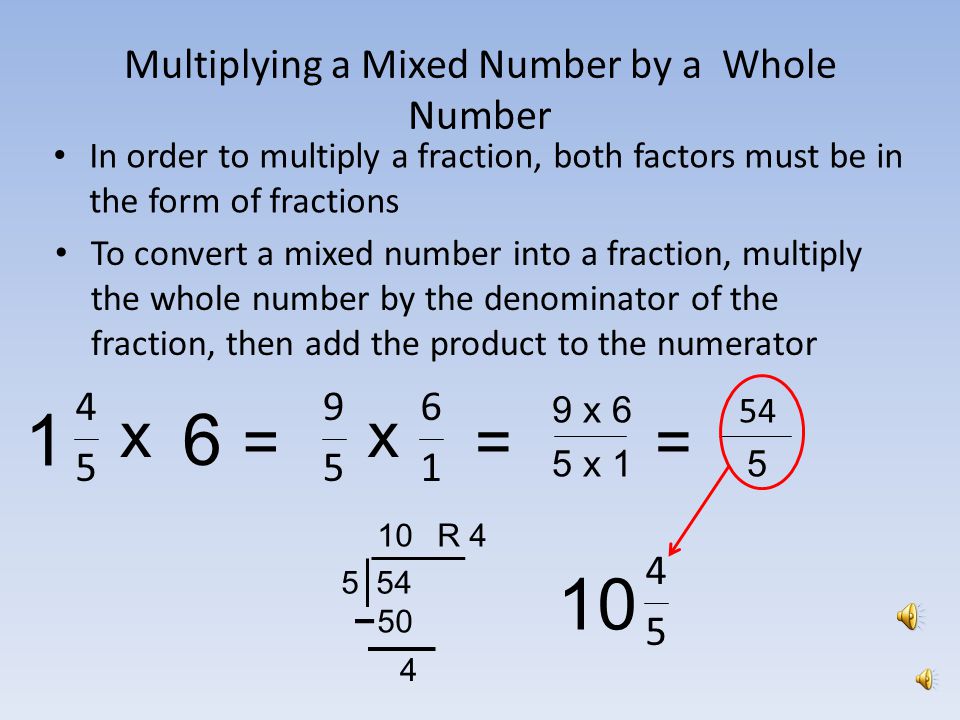
d/c x k/1 = (d x k) / (c x 1) = x/c
In the case of multiplying fractions with whole numbers, the fraction’s denominator is retained. Thus whenever you find such a type of multiplication, place the denominator as that of a fraction and multiply the numerator.
Example 1: Multiply the fraction 5/11 by 6.
Solution: Look at the stepwise solution given below→
Step 1: Write the numbers together using the multiplication symbol.
5/11 x 6
Step 2: Convert the whole number into the fractional form.
5/11 x 6/1
Step 3: Multiply the numerators and write the result
5 x 6 = 30
Step 4: Now multiply the denominators and write them below the resultant numerator using a dash.
(11 x 1) = 11
Step 5: Arrange the fraction in the proper form: 30/11.
Alternate method
Step 1: Write the numbers as 5/11 x 6.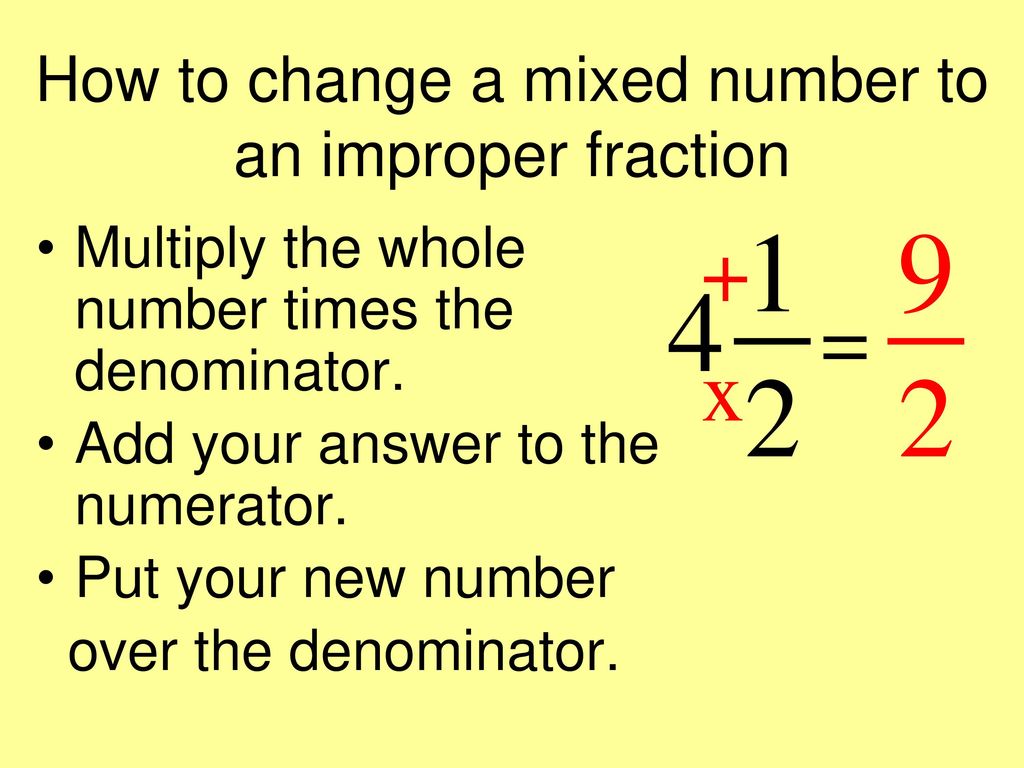
Step 2: Since we know that the denominator will remain retained in such cases, we need to multiply the numerators.
Step 3: Multiply the numerators = 5 x 6 = 30
Step 4: Write the results in fractional form = 30/11
Hope now the question of how I multiply fractions by a whole number is straightforward. Let us look at a very interesting idea next.
Example 2: Multiply 11 by 3/11
Solution: The first step will always be to mention numbers with the multiplication symbol properly. Hence
11 x 3/11
Following the steps above, we get the resultant fraction as 33/11 = 3
But we can observe that if we eliminate 11 from the beginning, we still get the answer as 3.
Thus from this example, we incur a very important concept. Let us learn about that next.
Special Case
As mentioned in the above example. Suppose a fraction is multiplied by a whole number that is either a multiple of the denominator or equal to the denominator.
Example 1: Multiply 1/7 by 7.
Solution: First, we write the numbers given in the proper format.
1/7 x 7
We can see that the whole number and denominators are the same. Hence we can eliminate them and get the fraction’s numerator as the answer.
Here 7 eliminates 7, and the answer is 1.
Example 2: Multiply 3/7 by 21.
Solution: Initially properly formatting the multiplication
3/7 x 21
We observe that the denominator and the whole numbers are multiples of 7. Hence we reduce them to their lowest form. 7 divided by itself becomes 1 and 21 divided by 7 becomes 3. Now we have 3 x 3 remaining in the numerator. Hence the answer to this question is 9.
Multiplying a Fraction with zero
As we all know, whole numbers are a set of real numbers starting from zero and stretching to positive infinity.
We know that anything multiplied by zero is 0. Hence when a fraction is multiplied by zero, the resulting fraction is zero or 0/1.
Example: Multiply 22/17 by 0.
Solution: WBy writingthe fractions in the proper form we get
22/7 x 0
Since we know that a number multiplied by zero is 0. Hence,
22/7 x 0 = 0
What happens when we multiply the number by the reciprocal of zero?
The reciprocal of a number is when the numerators and denominators interchange their positions. Since 0 = 0/1 hence its reciprocal is 1/0. Assuming we have a fraction ‘a/b’. Using the steps we learnt up till now, a x 1 = a and b x 0 = 0. Hence the resulting fraction is a/0. In mathematics, 1/0 or anything divided by zero is not defined.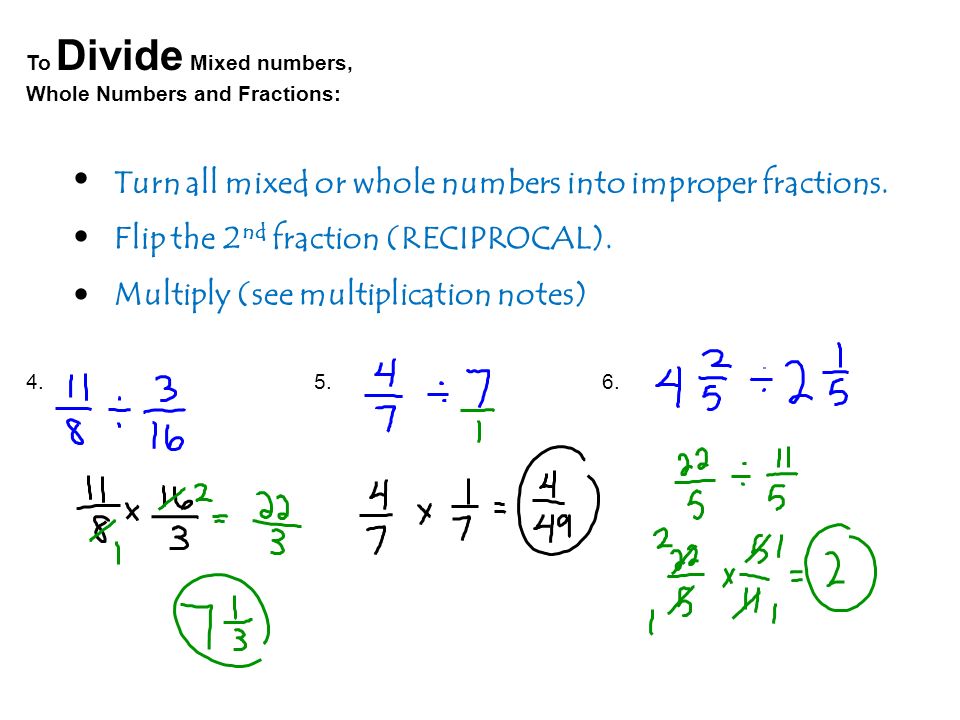
Example of Multiply Fractions by a Whole Number
Word problem: Jill is making homemade hot chocolate. She uses one-fourth teaspoon of the hot chocolate mix to make 1 cup of hot chocolate. Calculate the number of teaspoons required to form 10 cups of hot chocolate.
Solution: Teaspoons required for 1 cup = ¼
Teaspoons required for 10 cups = ¼ x 10
→ 10/4
We can reduce it by 2,
→ 5/2
Hence the number of teaspoons required to make 10 cups of hot chocolate is 5/2.
Practice Problems
- What does the product of the integers 6 and 7/2 represent?
- 42
- 32
- 21
- 24
- Everyone drinks at a party 3/5L of the juice. How much juice will you need if you’re having a party with 15 guests?
- 8L
- 10L
- 15L
- 9L
Frequently Asked Questions
1.

Ans. The formula for multiply fractions is as follows:
(a/b) * (c/d) = (ad + bc)/bd
2. How do you multiply fractions in the simplest form?
Ans. You can multiply fractions by multiplying the numerators (the top numbers) and then multiplying the denominators (the bottom numbers).
For example, if you have:
\frac{2}{5} x \frac{1}{2} = \frac{2 * 1}{5 * 2} = \frac{2 * 2}{10} = 4/10
3. What is the easiest way to multiply fractions?
Ans. There are many ways to multiply fractions. The easiest way is to find the least common multiple of the denominators and multiply that by the numerator of one fraction and then multiply it by the numerator of the other fraction. If you have a calculator, this can be done very quickly.
4. What is the general rule for multiply fractions?
Ans. The general rule for multiplying fractions is to multiply the numerators and multiply the denominators, then simplify.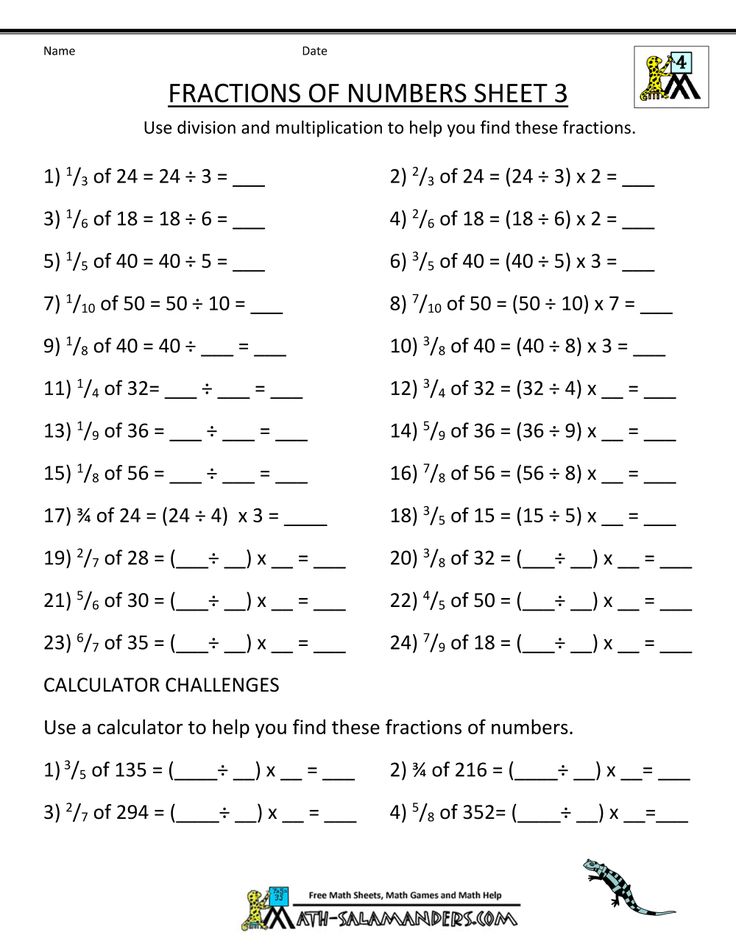
5. How do you multiply fractions on a calculator?
Ans. To multiply fractions, you must go to the fraction mode on your calculator. Then you will enter the first fraction (the one on top) and hit the multiply key. The other fraction will be entered automatically and multiplied by the first one. Then you can just hit equals to get your answer!
6th grade. Mathematics. Finding a fraction from a number — Finding a fraction from a number
Teacher’s comments
Often in life we have to find a fraction from a number.
A quarter of an hour — what is it? This is from 60 minutes. It will be 15 minutes.
And three-quarters of an hour? This is 3 times more than one quarter. 3 times for 15 minutes, 45 minutes.
1.5 liter bottle of milk — how much is that? One third — half a liter, 2 thirds — a liter. nine0007
We don’t need to learn anything new in this lesson. To find a fraction of a number, you need to multiply that fraction by that number.
The number we multiply by a fraction can itself be an integer or a fraction. The difference is not significant, but we consider both cases separately.
1. Find from 63
Multiply by — means to divide by 7.
2. Find from 63.
We must multiply 63 by.
There are a lot of options here, how can one reason. nine0007
Option 1.
You can remember that — this is 5 times, that is.
Option 2.
We can recall the formal rule. To multiply a fraction by a number, you need to multiply the numerator by that number.
Option 3.
You can represent 63 in an equivalent form as a fraction and already use the rule for multiplying fractions. Multiply the numerator by the numerator, and the denominator by the denominator. nine0007
Option 4
The shortest entry will be obtained if we remember that the number that we multiply by a fraction can be reduced with a denominator.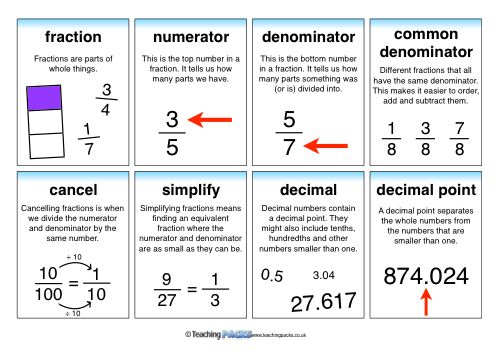
They are all the same. Do as you please.
Now let’s find a fraction from a fractional number, that is, from another fraction.
1. Find from
Multiply:
Obviously, from and from are equal to each other. After all, this is the product of these two numbers, which does not depend on the order of the factors. nine0007
Find 0.03 from 45.
0.03 we can write in the equivalent form as an ordinary fraction and multiply.
But decimal notation is convenient in itself, and you can perform actions right away.
45 multiply by 3 and separate two digits with a comma:
This is a matter of taste and specific numbers. Sometimes one record is more convenient, sometimes another.
We know another notation for fractions, percentages. nine0007
If you want to remind yourself what interest is, follow the link.
1. Find 35% of 400.
1% is 1 hundredth, 35% is 35 hundredths.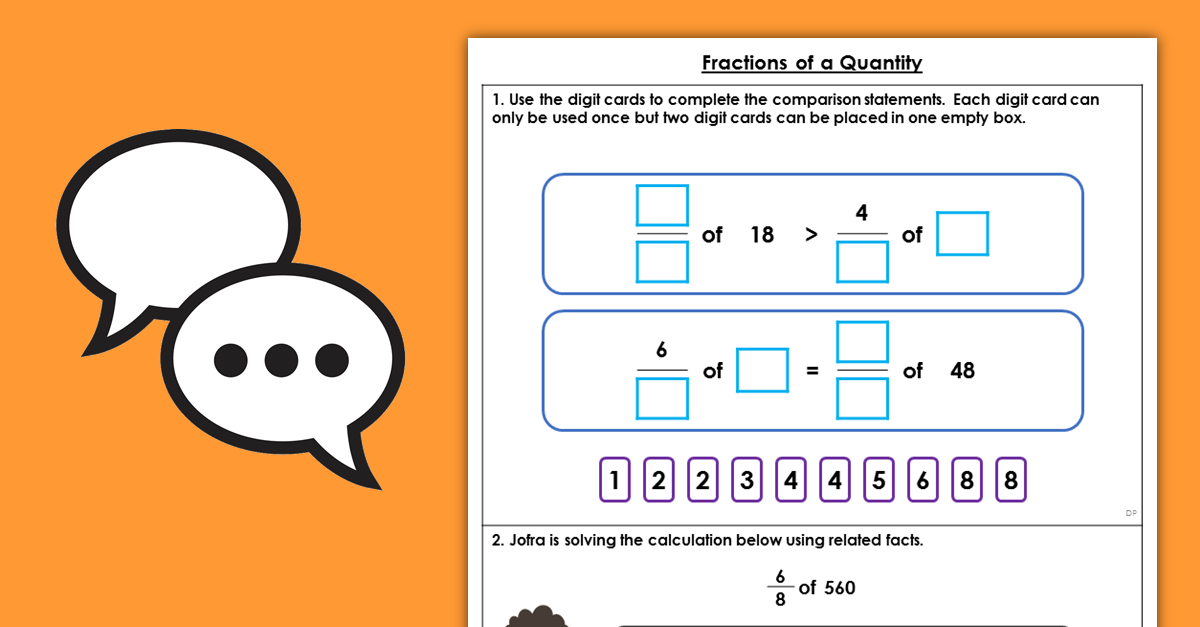
We can write these hundredths as an ordinary fraction or decimal.
STUENT FUCK:
Find:
1) from 12
2) from
3) 0.8
9000 4) 30 % of 50 9 9 9 9
5) 65 % of
We check:
1)
2)
3)
4)
5)
So, to find a shot from a number, whole or also fractional, you need this multiply a number by a fraction.
video source — http://www.youtube.com/watch?v=pIM_k14jZac
video source — http://www.youtube.com/watch?v=bqAxzVFTeoU
abstract source — http:/ /interneturok.ru/ru/school/matematika/6-class/umnozhenie-i-delenie-obyknovennyh-drobej/nahozhdenie-drobi-ot-chisla
presentation source — http://ppt4web.ru/matematika/nakhozhdenie-drobi-ot-chisla1.html
test source — http://testedu.ru/test/matematika/6-klass/test-10-naxozhdenie -drobi-ot-chisla-variant-1.html
presentation source — http://www.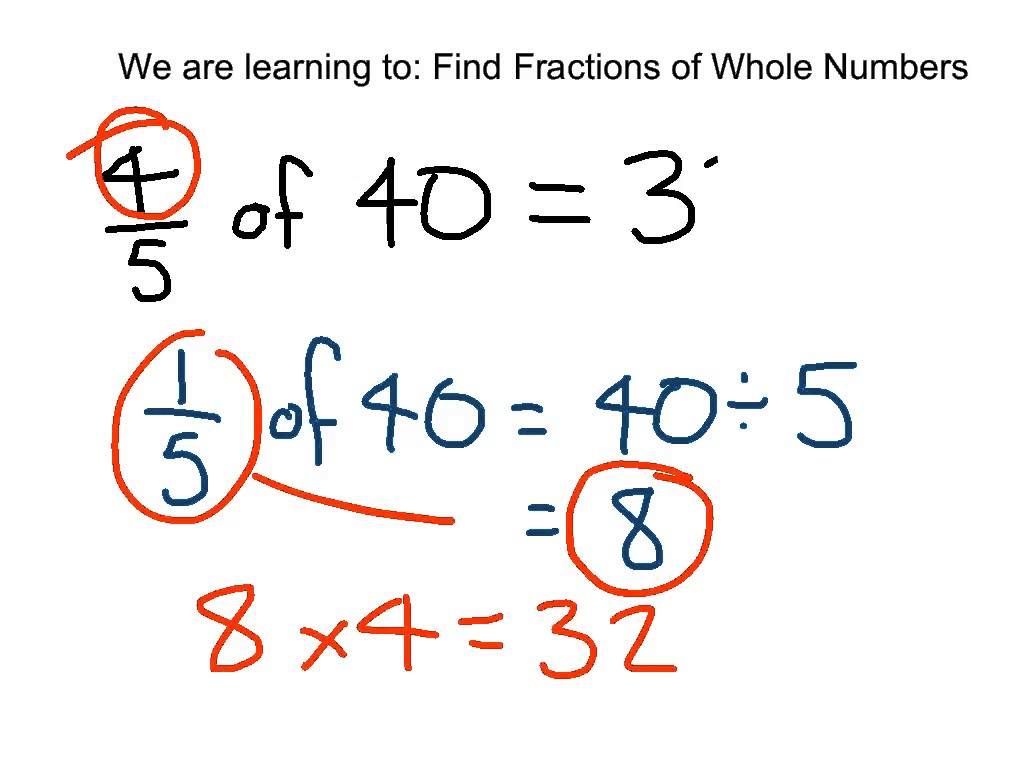
Finding a number by its ordinary fraction Arithmetic
Hello my friend, you are interested in learning everything about finding a number from its common fraction, then read to the end with inspiration. In order to better understand what is
finding a number from its common fraction, I highly recommend reading everything from the Arithmetic category. nine0007
If you know how much is a part of the whole, then you can «restore» the whole from the known part.
To do this, we use the rule for finding an integer (number) by its fraction (part).
Example. Let’s consider the task.
The train traveled 240 km, which is 15/23 of the entire journey. Which way should the train go? nine0038
Solution. 240 km — part of the whole journey. These same kilometers are expressed as a fraction of 15/23 of the entire journey.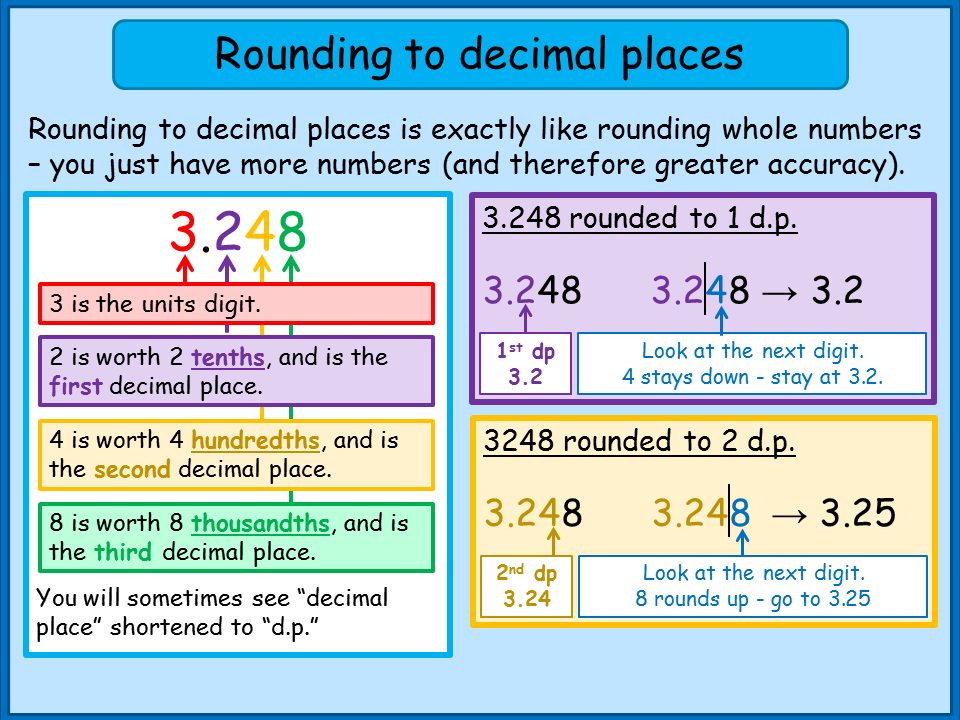
So you can find how much is 1/23 of the path.
240 : 15 = 16 (km).
The entire path (integer) is always denoted as a unit, which can be expressed as a fraction 23/23.
So, to find the whole path (23 parts, each of which is 16 km) you need:
16 • 23 = 368 (km)
Briefly record the solution of such a problem can be done as follows.
Answer: the train must travel 368 km.
Often problems of this type are more difficult than the problem considered above, and more complex problems have to be solved in several steps.
Consider the problem.
In preparation for the English dictation, Olya learned a quarter of all the words given by the teacher. This is indicated by the site https://intellect.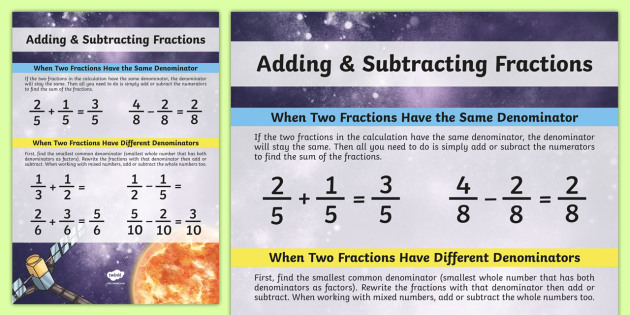
Solution. As usual, we emphasize all important data in the condition of the problem.
As can be seen from the condition, four unlearned words are a part of all words, which can be found as a difference of fractions.
This part of all words is 4 words.
So, 4 words is 1/12 of all words (whole). Now, according to the rule for finding a number by its part , we divide this numerical value by the fraction corresponding to it (1/12).
Answer: only 48 words had to be learned for the dictation. nine0007
Do you think the theory of finding a number from its common fraction will be improved in the foreseeable future? I hope that now you understand what it is to find a number by its ordinary fraction.
and why all this is needed, and if you don’t understand, or there are comments,
then feel free to write or ask in the comments, I will answer with pleasure.

